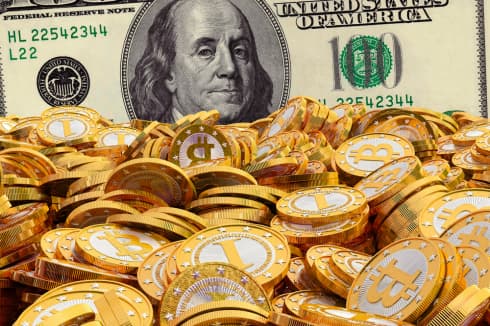Be Aware of the Risk in Buying & Selling Bitcoins
How to Reduce Your Risk in Exchanging Bitcoins
You may have already bought a few bitcoins, or may be planning to buy or sell some in the near future. As with any other financial transaction, make sure to do your due diligence, so you learn the smart way to buy and sell bitcoin.
Here is how to determine the smartest way to buy and sell bitcoins.
1. Your Geographic Location
Even though the Bitcoin network encourages transactions across international borders, the reality is your geographic location determines your options to buy and sell bitcoin.
- If you prefer to deal with a person face-to-face (and know where to find them!), then TradeBitcoin.com and LocalBitcoins.com are great ways to find nearby bitcoin traders. There are bitcoin traders virtually in every single corner of the world. For example, I found three traders in my native Ecuador and 10 traders across the Hawaiian Islands where I live now.
Editor’s note
You may notice Bills.com uses “bitcoin” and “Bitcoin.” Lowercase “bitcoin” refers to the digital currency itself. “Bitcoin” refers to the technology and network.
- Bitcoin ATMs are available in some cities. Here are some of the cities that have bitcoin ATMs: Boston, Helsinki, Tijuana, Quebec City, Austin, and Vancouver.
- If you live in a city that has neither bitcoin ATMs nor local traders, then you will need to use an exchange. You can choose from an online company exchange (e.g. Coinbase), a one-to-one virtual exchange (e.g. eBay, yes that eBay), or a one-to-many virtual exchange (e.g. Bitstamp).
2. How Fast Do You Need Money?
Dealing with somebody face-to-face may provide you comfort in knowing with whom you are dealing, it may also take time to coordinate a meeting. If you need to trade bitcoins right away (e.g., credit card payment deadline), then you may be better off using a company exchange.
For the U.S., Coinbase provides the most instant and secure access to your bitcoins. By verifying your identity and linking your U.S. bank account to your Coinbase account, you can buy or sell up to 50 BTC instantly. This is not chump change: the market price as of mid-2014 is about $20,000!
If you are willing to wait a couple of days for your transaction to go through, then you can go shop around on one-to-one virtual exchanges and one-to-many virtual exchanges to find the best price.
3. Your Risk Tolerance
Although we mentioned a handful of bitcoin exchanges, there are many places to trade bitcoins around the world. If you live in the U.S., you have more than 30 exchanges to choose from.
You should understand that when sending to an exchange, you trust the site operator is honest and will complete your transaction.
No government or financial institution regulates bitcoin exchanges. You hold all of the transaction risk, and if an exchange wrongs you, you have only your local courts to fall back on for legal recourse.
If you are very risk averse, you shouldn't put all of your eggs in one basket no matter how attractive the exchange rate may be.
Here are five criteria to consider when evaluating how secure a bitcoin exchange is:
- What percentage of customer funds are stored and backed up offline?
- Does the exchange do paper backups?
- How is the exchange data made redundant and encrypted?
- Does the exchange provide two-factor authentication on customer accounts?
- Does traffic run entirely over encrypted SSL (e.g., https)?
The more risk averse you are, the more detailed your answers to these questions should be.
Bills Action Plan
Which bitcoin trading method you use depends on your circumstances and the amount of risk you are able to accept.
- Convenience: Try to trade locally so you have person-to-person interaction with your trading partner.
- Liquidity: How fast you need to complete your trade will determine your risk and convenience factors.
- Risk tolerance: Review the five factors in determining a trade’s risk, so you don't take on risk that you don't understand.
